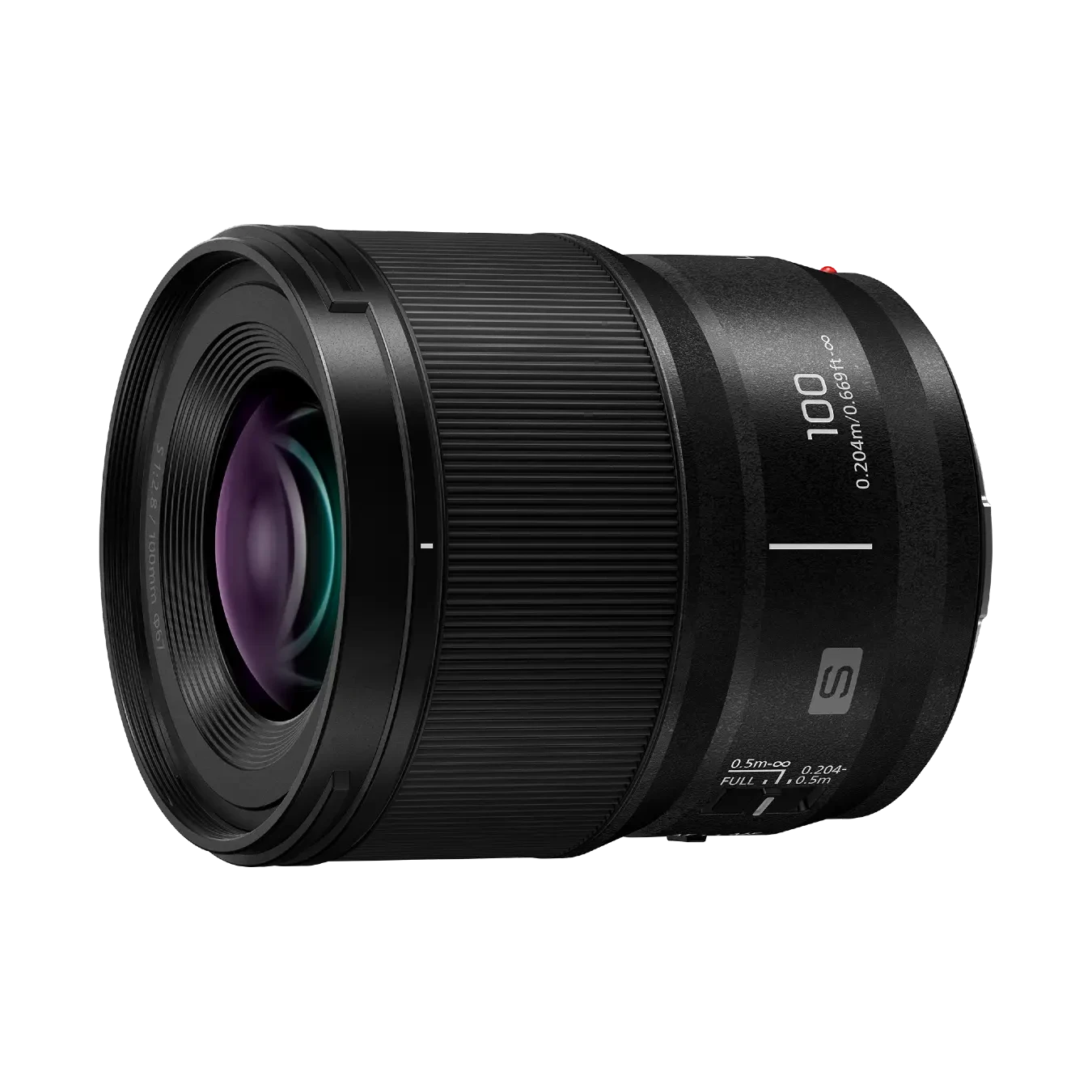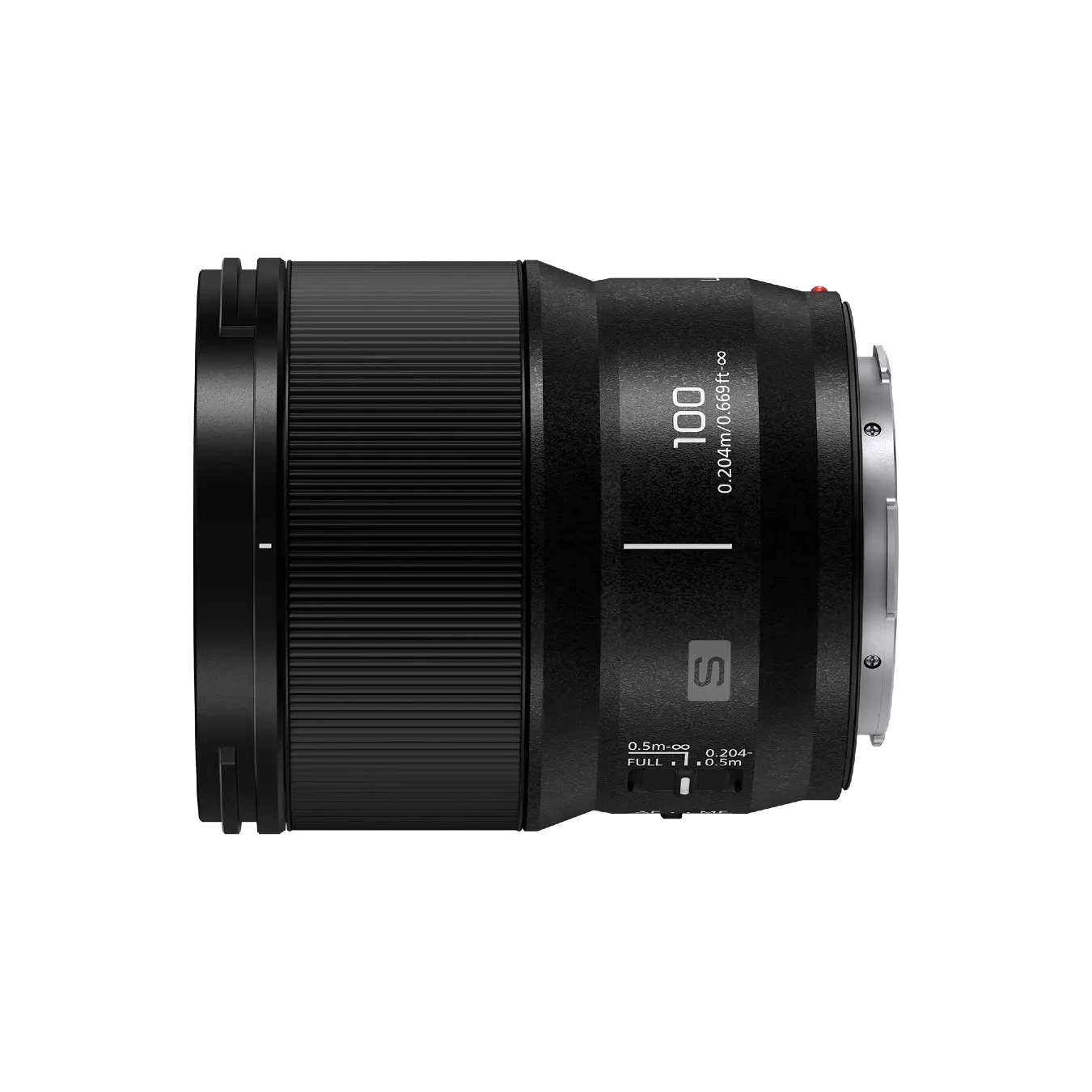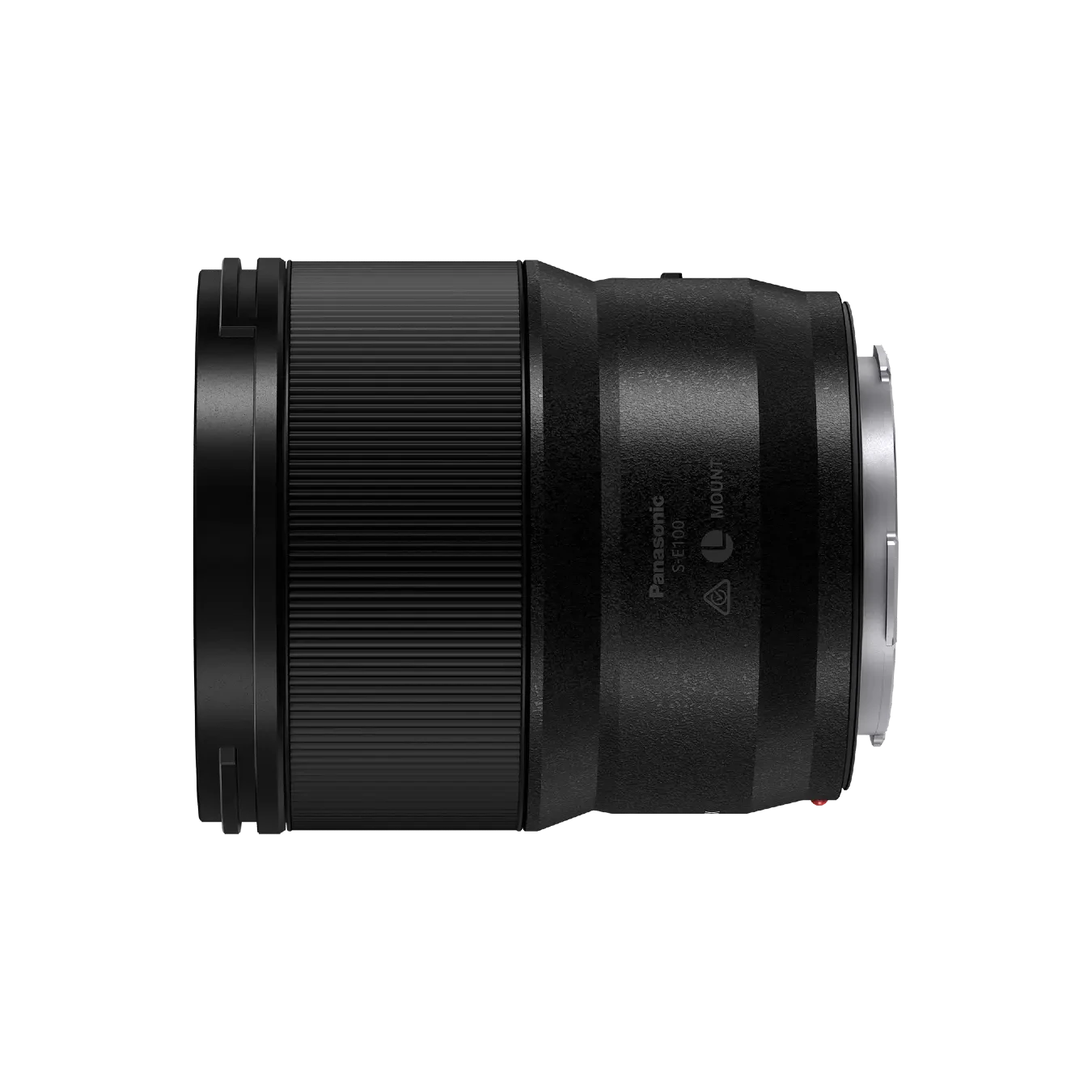LUMIX 5-Year Extended Warranty Offer
 Great news for LUMIX S Series customers!
Great news for LUMIX S Series customers!
From 14th March 2025 to 31st March 2026, purchase any eligible LUMIX S Series camera or lens and receive a free extended warranty – giving you 5 years of total cover (1-year standard + 4 additional years).
How to claim:
Register your qualifying product on the My Panasonic platform between 13th May 2025 and 30th June 2026 to activate your extended warranty.
🔗 Learn more and register here
Make sure to register in time to enjoy peace of mind with Panasonic's 5-Year Warranty on your LUMIX S Series gear.
Product Description
Panasonic Lumix S 100mm f/2.8 Macro Lens
The Panasonic Lumix S 100mm f/2.8 Macro Lens is the world's smallest and lightest macro lens* designed for full-frame mirrorless cameras. Offering 1:1 life-size magnification, this ultra-compact macro lens captures stunning close-up details with exceptional clarity. Ideal for both macro photography and medium-telephoto portraiture, it delivers superb optical performance with a highly portable design, perfect for creative professionals on the go.

Key Features:
- 1:1 life-size macro photography: Capture subjects in stunning detail, ideal for flowers, insects, craftworks, and more.
- Compact and lightweight: Two-thirds shorter and half the weight of conventional macro lenses, perfect for handheld shooting.
- Dual Phase Linear Motor: Delivers high-speed, precise autofocus for both photography and videography, with minimal focus breathing.
- Superior optical performance: Incorporates 3 aspherical elements, 2 UED elements, and 1 ED element to reduce chromatic and spherical aberrations.
- Weather-resistant design: Dust- and splash-resistant, built to perform in temperatures as low as -10°C.
- Fast f/2.8 maximum aperture: Offers excellent low-light performance and the ability to create beautiful background bokeh with a 9-bladed circular diaphragm.

Compact and Powerful Macro Lens
Weighing just 298g and designed for easy portability, the Lumix S 100mm f/2.8 is ideal for on-the-go photographers and videographers. Despite its compact size, this lens delivers exceptional optical quality and 1:1 life-size magnification, allowing you to capture intricate details with remarkable sharpness.

High-Speed Autofocus with Dual Phase Linear Motor
Featuring Panasonic's Dual Phase Linear Motor, this lens offers fast, silent autofocus for both stills and video. The advanced focus bracketing allows for multiple shots at varying apertures, ensuring you achieve the perfect depth of field for your subject. It's especially useful for videographers needing smooth, precise focusing.

Advanced Optical Construction
The lens is constructed with 13 elements in 11 groups, including 3 aspherical elements, 2 ultra extra-low dispersion (UED) elements, and 1 extra-low dispersion (ED) element, reducing aberrations and ensuring high-resolution, sharp images across the entire frame.

Built for Tough Conditions
The Lumix S 100mm f/2.8 Macro is built to withstand challenging environments. Its dust and splash-resistant design ensures reliability in adverse weather, making it perfect for outdoor shoots in harsh conditions. The lens operates in temperatures as low as -10°C, making it a reliable choice for professionals.

Capture stunning macro details and portrait photography with the Panasonic Lumix S 100mm f/2.8 Macro Lens—a compact, lightweight lens offering superb optical performance and high-speed autofocus in a durable, weather-resistant design.

Try The Kit - Lumix Loan

Try Before You Buy – Free Next Day Delivery
Test selected Lumixgear with a 48-hour free trial or hire for up to 7 days at a low cost. Book anytime via the 24/7 live system.
How It Works:
-
Book Online – Choose your dates and reserve your kit.
-
Pay Deposit – Fully refundable when gear is returned in good condition.
-
Fast Delivery – Shipped securely or collect in-store.
-
Easy Returns – Use the original packaging and pre-paid label.
For more information and to book, visit https://lumix.trythekit.com/
Payment & Security
Your payment information is processed securely. We do not store credit card details nor have access to your credit card information.




















